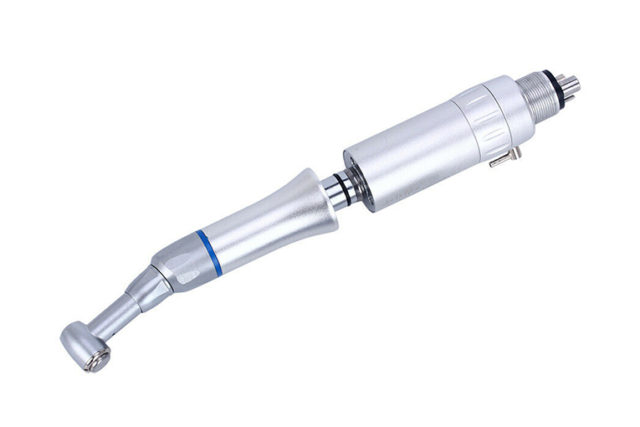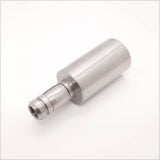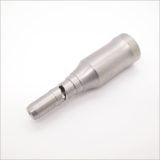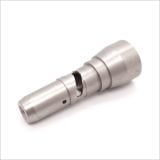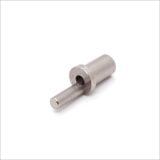Overview:
At the forefront of every dental professional’s mind at the moment was infection control and aerosol splatter reduction to reduce the risk of COVID-19 transmission.
Air-driven handpieces arguably produced more airborne contamination than any other instrument in dentistry. Therefore many dentists were switching to electric speed-increasing contra-angle handpieces instead of high-speed turbines. As well as generating fewer aerosols they provided a consistent torque that did not decrease with resistance and higher load.
Problems:
Our customer was asked to develop a new electric contra-angle handpiece. The handpieces were connected to plug-and-play electric micromotors that connected directly to the chair air supply. The new handpieces used water jet coolant (water only) rather than spray (water and air mix) which significantly reduced aerosol and was, therefore, more suitable for specific surgical procedures.
In order to achieve this result, the high-speed motor maintained a constant speed of 200,000 rpm. As the motor ran at high speed, there were serval technical issues brought up during development:
- How to make an electric handpiece significantly quieter and don’t produce the same vibratory sensation under high speed?
- How to produce a smoother and more precise cutting edge under a stable high speed?
- How to make it more efficient at cutting various materials used in dentistry, especially machinable glass ceramic,
silver amalgam, and high noble alloy? - How to make the handpiece easier to integrate with the dentist’s existing set-up?
The customer attempted to use aluminum to make the Body, but due to the motor running at high speed, the strength of aluminum could not produce acceptable components. With time running out and expecting the new handpieces to launch in less than a year to gain market share, they approached Boly.
We had a lot of experience with different metal materials. The customer asked us to try to produce a Body that can be reached the 4 goals and expected production timeline of just a few months. Since it was common to take one year for a brand new design from idea, a trial run to full production volume, this was a challenging task.
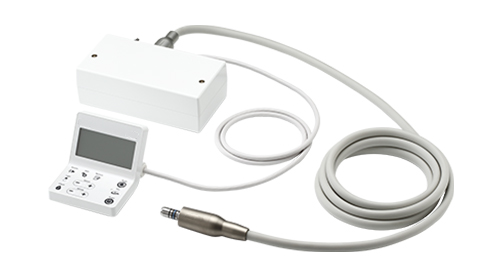
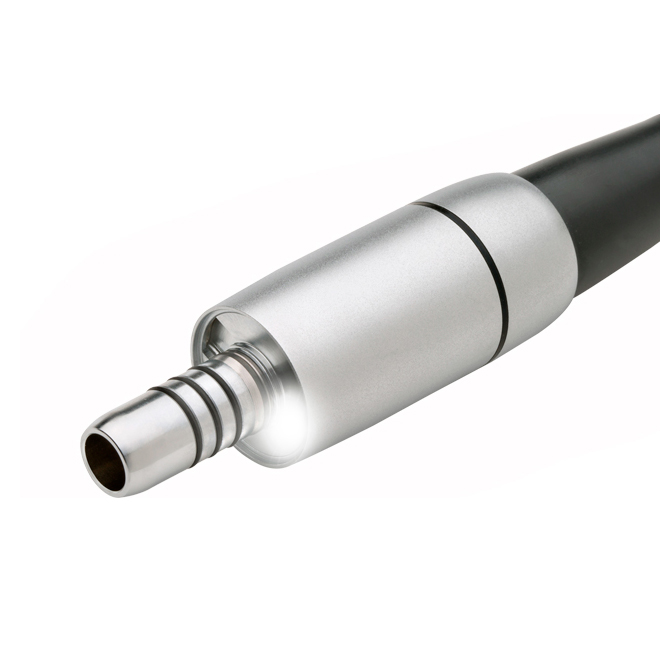
Solutions:
Our expertise and the specialized training of our engineers gave us the confidence to embrace the challenge. We suggested using stainless 316L material which can increase corrosion resistance, improve resistance to pitting in chloride ion solutions, and increase strength at high temperatures caused by the high-speed motor.
Our engineer also re-engineering the housing dimensions and tolerances, reducing the noise caused by the collision between the high-speed motor and the Body. We quickly produced samples that met our customer’s requirements and gained the approval of the dental equipment manufacturer. Once the samples were approved, our engineers were tasked with developing a method to scale up production and produce high volumes of these components without compromising the quality. We relied heavily on our 50+ years of experience in CNC machining stainless steel to direct us to a solution that was repeatable, predictable, and cost-effective.
Results:
Boly was up to the challenge and was able to complete a high-quality, high-volume product in just six months after our initial conversation. The electric handpieces worked so well at high speed. No strange sound is found and minimized the vibration while the dentist using it. The new electric handpiece was being sold across the United States. This was only possible because of our expertise, responsiveness, and capacity to scale production.
More about our dental machined parts solution – Learn more
- Year:
- 2020
- Category:
- Medical
- Client:
- Handpiece manufacturer
